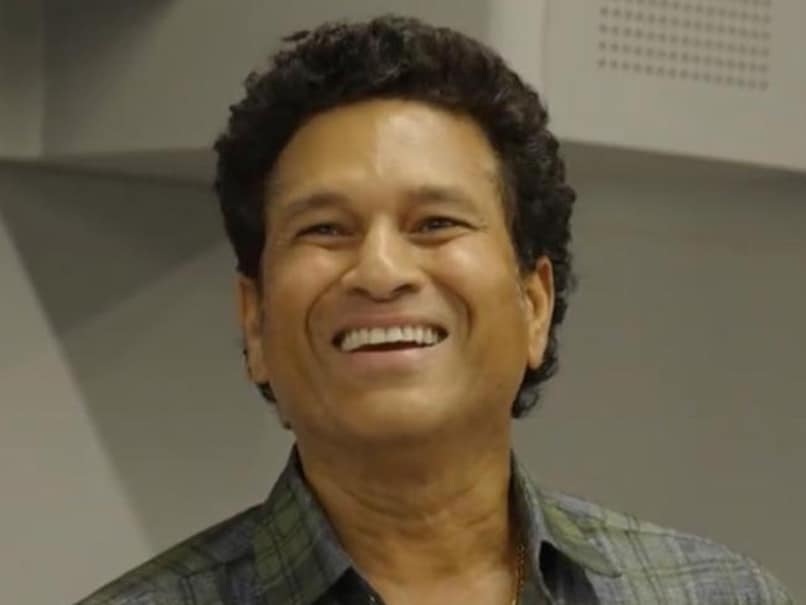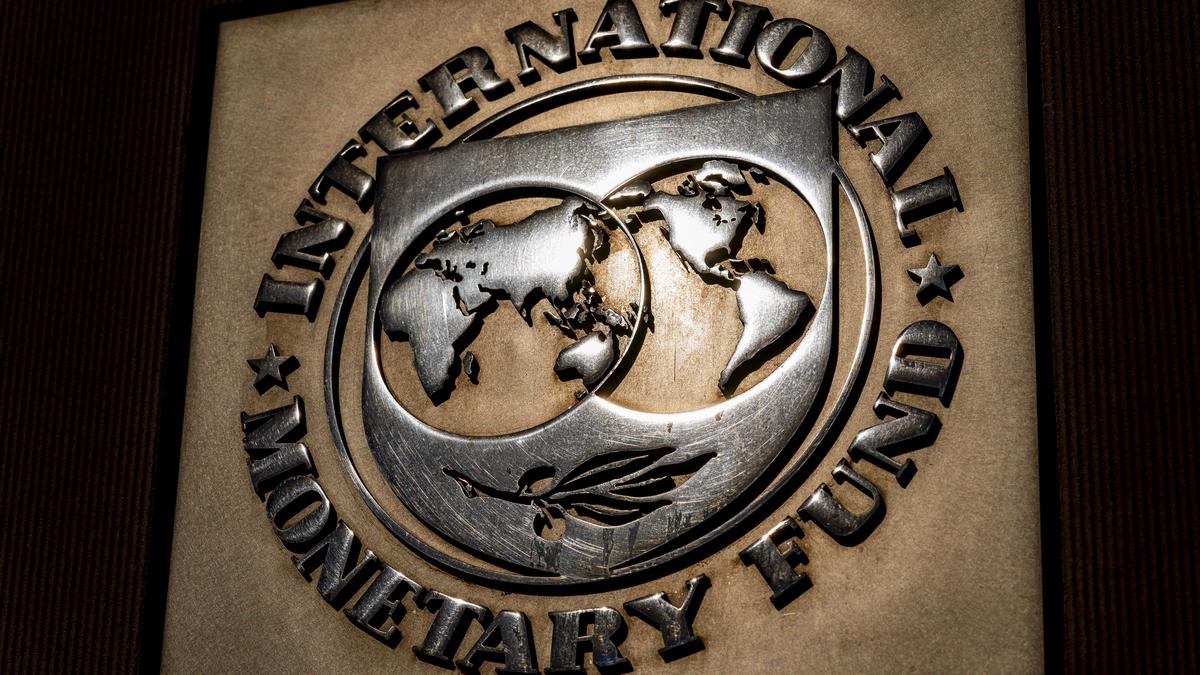Representational image of a patent application
| Photo Credit: Getty Images
India’s free trade agreement (FTA) with Switzerland, Norway, Iceland and Liechtenstein as partners is a completely new architecture. The Trade and Economic Partnership Agreement (TEPA) with the four-nation group known as the European Free Trade Association (EFTA), include provisions on intellectual property (IP) and investment protection and promotion. So far India has treated IP policy levers as a sovereign space for multilateral negotiations at the World Trade Organization (WTO) and has not made IP concessions to trade groupings of nation-states.
Lessons ignored
Recently, India and South Africa had sought TRIPS (The Agreement on Trade-Related Aspects of Intellectual Property Rights) waiver related to COVID-19 innovations. The TRIPS waiver was sought to meet requirements of indigenous technological innovation and independent scientific research to produce COVID vaccines. While this garnered support for India from the developing world, even when the EU and U.S. stood against the grant of TRIPS waiver at the WTO, the Modi government granted major IP concessions to EFTA.
These concessions must not be viewed in isolation. India is likely to concede more such space on IP policy in negotiations with the EU and U.K. The new approach to IP and investment has been in making for some time now. In August 2022, when the Working Paper (WP) issued by the Economic Advisory Council to the Prime Minister of India (EAC-PM) entitled “Why Does India Need to Urgently Invest in its patenting ecosystem” considered these issues, it used the U.S. propagated patent policy conceptualization explicitly as the context to recommend the need to fast track the patent grants.
Available evidence of what is preventing India from becoming innovative is not even mentioned. The proposals made are overly protective of private interests and the patent controller’s office is viewed as a revenue generating entity. It overlooks the larger public interest. The policy advisors seek to attract foreign direct investment (FDI) and are guided by the assumption that IP concessions can help in the growing technological rivalry between U.S. and China.
Patent filing numbers of China, U.S. and India are compared to promote pro-patentee changes in the paper. The contribution of diffusion oriented state investment and independent innovation to the technological prowess of China, Japan, South Korea and U.S. is completely ignored. Fast tracking patent grants could likely lead to products of dubious quality.
Difference between India and China
In China, the policy space for indigenous innovation was achieved through programs that run in parallel to maximizing knowledge spillovers from FDI. This is absent in India and explains why India lags China considerably in independent innovations. China could realize its long-term ambitions of self-reliance in technological innovation and scientific research because the state invested in science, technology and innovation (STI). STI investments were not coordinated with the creation of IP markets.
The IP concessions granted in the EFTA have been incorporated in the new patent rules of 2024. The EAC-PM (August 2022) advocated for fixing timelines of various steps of the patent grant process and for removing the excessive reporting requirements found to be burdensome by foreign patentees. It talks of diluting Section 25 (1) of the Patents Act 1970 (IPA) providing for a pre-grant opposition by any person. It echoes the argument that the pre-grant opposition is being used to make frivolous complaints to delay grantig patents.
It quotes the U.S. Special 301 report to suggest patent applicants in India continue to confront costly and time-consuming pre-and post-grant oppositions. It ignores the fact that these provisions were introduced into post-WTO Patent Amendments to protect public interest. It does not mention that access, affordability and local technological innovation underpinned the introduction of these provisions. It talks of lack of manpower and capacity to undertake patent examination.
The EAC-PM recommended the dilution of disclosure requirements related to patent applications submitted by foreign patentees. This recommendation was made despite knowing that disclosure of patent filings and objections filed in other jurisdictions have helped the Indian patent examiners.
Under the IPA, importation is not the full working of the patent. Patentees must diffuse the innovations by making the products and processes accessible and affordable. More worrisome is the change that absolves the patent holder from submitting information considered to be of commercial value.
Economic drain
76% of patents filed in India in the post –TRIPS regime were by foreign firms. India and Indian firms do not focus on research and innovation. 80% of the tech patents involving Indian inventors in IT and electronic engineering continue to be filed by foreign R&D centres. India’s business sector’s employment of R&D personnel is the second lowest in the top 10 global economies (Brazil being the lowest). Today more than two lakh Indians (about 40% of the country’s total R&D manpower) work for R&D centres of American companies that have set up centres in Bangalore, Hyderabad and the National Capital Region.
The amount spent on importing technology is rising. The ratio of expenditure on domestic innovation vis-à-vis technology import has seen a drastic decline. Available statistics, show the ratio declined to 2.18% in 2018 from 13.63% in 2000. The rise in foreign exchange outflows are due to foreign companies like Syngenta and Bayer with headquarters in EFTA or Europe. These companies have increased their control over markets through intellectual property. It is the parent firms having headquarters in Europe and the U.S. that control the rights and royalty payments gained from patentable inventions developed with Indian inventors in the fields covering chemicals and computer related inventions. Indian society is paying twice, first to educate and train the STEM talent and then to pay for imports, royalties, and fees to companies employing Indian talent.
The new approach to IP and investment through FTAs accepts an IP maximalist agenda of the United States Trade Representative. It threatens to upset the fine balance between public and private interests. The new FTA architecture will push India away from essential innovations. It will only integrate India’s science, technology, engineering and math talent into Silicon Valley’s innovation systems.
(The writer is a retired Professor at The Institute for Studies in Industrial Development)










